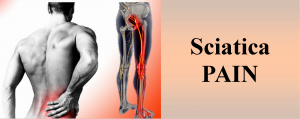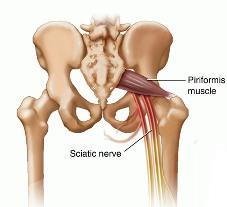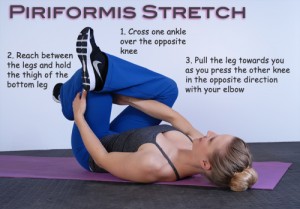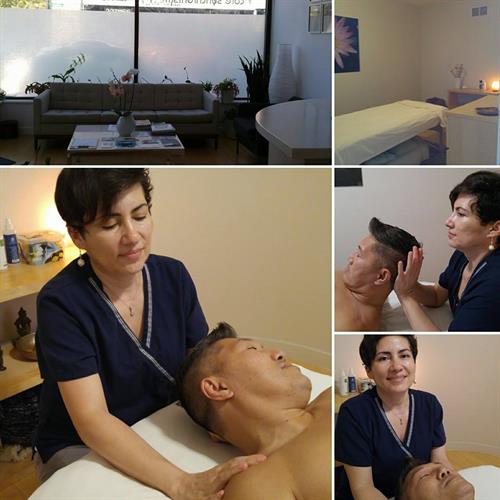 You don’t always need to reach for pills when feeling pain. If you’re in pain, and ibuprofen just won’t cut it. Anti-inflammatory drugs, or NSAIDs, don’t agree with your stomach, and you’re wary of stronger meds. It’s fortunate, you have alternatives and natural ones. You can take back control of your body and recover from sciatica pain.
You don’t always need to reach for pills when feeling pain. If you’re in pain, and ibuprofen just won’t cut it. Anti-inflammatory drugs, or NSAIDs, don’t agree with your stomach, and you’re wary of stronger meds. It’s fortunate, you have alternatives and natural ones. You can take back control of your body and recover from sciatica pain.
This condition is one I often see in my practice and it’s a real pain in the rear. So I would like to share a technique that you will find every where on the internet. But here, you will learn how it happens, strategies to prevent it and a alternative solution to support you’re return to health.
Sciatica Nerve Pain
It’s a pain that goes toward the hips and down the back of the legs. The common symptoms can be a combination of the following but everyone is different so you may not feel all of them at the same time:
- Pain in the rear or leg that is worse when sitting
- Burning or tingling down the leg
- Weakness, numbness, or difficulty moving the leg or foot
- A constant pain on one side of the rear
- A shooting pain that makes it difficult to stand up
Also note, this is a gradual BUILDUP of symptoms from overuse getting worse and worse then leading up to muscular compensation, dysfunction and pain.
WHY Sciatica Muscle Pain Occur and what is Pseudo Sciatica
 The muscle affected (piriformis) assist the gluteus maximus in extension of the hip. Problems occur when the gluteus maximus becomes inhibited, which is very common. The piriformis was not designed to carry the load of the gluteus maximus and irritated, tense (spasm) from overworking.
The muscle affected (piriformis) assist the gluteus maximus in extension of the hip. Problems occur when the gluteus maximus becomes inhibited, which is very common. The piriformis was not designed to carry the load of the gluteus maximus and irritated, tense (spasm) from overworking.
Both the Piriformis and the Sciatic nerve begin at your tailbone (coccyx). The Piriformis crosses directly on top of the sciatic nerve, and THIS IS WHAT CAUSES THE PROBLEM.
When the muscle goes into a spasm it presses down directly onto the nerve, pushing it into the bone underneath. And you can feel this terrible pain of Sciatica.
Pseudo Sciatica also known as piriformis syndrome is actually referral pain with similar symptoms to true sciatica.
Feeling pain is a helpful way your body tells you something is not balanced. The key is taking the pressure off the nerve. The following is a simple way to alleviate some of the symptoms. The steps can alleviate some of the symptoms and allow your body’s natural response to begin healing.
An aid to Self healing using a Tennis Ball
Tools needed: A tennis ball
- Lie on your back on the floor (not the bed). Have your knees bent and your feet flat on the floor.
- Place the tennis ball where your back pocket would be. Now gently roll onto the ball.
- Stop each time the pain is moving toward intolerable.
- Stay there for 30 seconds…then roll further onto the ball.
Do this until you are completely on the ball and you are feeling less pain. Stay there for one full minute. If you feel pain during that minute, move off a bit, take a breath, and begin again. You should be able to stay on the ball for one minute comfortably.
Do this every day, but remember to stay well within your own pain tolerance level. This should feel good; if it hurts, you’re pressing too hard, so back off until you’re at the “feels good” level. Because this is due to muscular imbalances and dysfunctional movement it is very important to follow it with Gluteal activation like glute bridges.
SUPPORTING your body’s ability to heal naturally by treating the cause not just the symptoms
A properly functioning piriformis muscle is crucial in maintaining a healthy low back and sacroiliac. Finding a therapist that can assess and treat a tense piriformis is crucial in resolving dysfunctional movement patterns associated with Low Back Pain and Sacroiliac Dysfunction.
Don’t wait, the longer you have symptoms before you start a treatment, the longer it will take to recover. You want to restore and maintain natural ease of movement so you can return to your daily activities with out pain.
You don’t have to wait until you start feeling pain
As I stated above this is a gradual BUILDUP of symptoms so you may not feel pain as the first sign to do something. The pain comes when the muscle has finally given up and wants you to know it’s time to help. A key role in preventing sciatica is becoming mindful of your body mechanics, how it feels and moves.
- Maintain correct posture when standing, walking and sitting.
- Exercise that maintains strength and flexibility in the abdominal and back muscles.
- Practice safe lifting techniques. When lifting bend the knees and keep the back straight. By doing this, the strain is taken by the hips and legs, not the back. Hold the object close to the body. The further away from the body the object is, the more stress is put onto the lower back.
- Ensure that your back is well supported when seated. Use chairs that provide good back support and are designed to provide a good seating posture. A lumber roll or contoured cushion can help to provide lower back support.
- Maintain a healthy body weight.
- A GREAT VALUE would be to make it a habit to get your body assessed once a month by a therapist that specializes in identifying muscular imbalances.
I like the following stretch that you can incorporate into your prevention strategies.

by TGIFFITNESS on JANUARY 25, 2013
